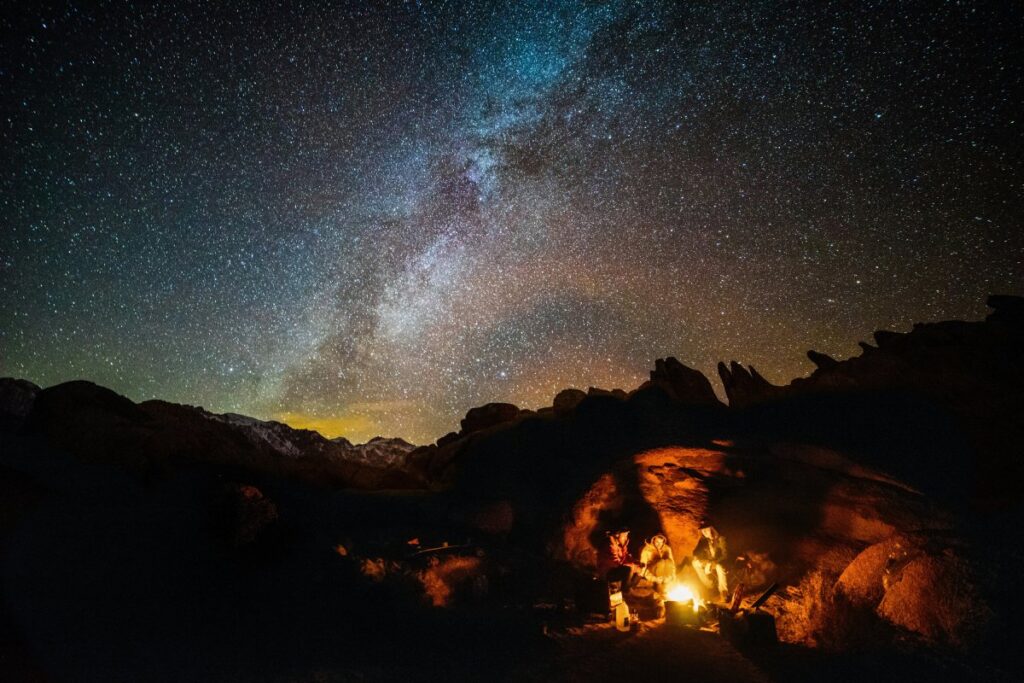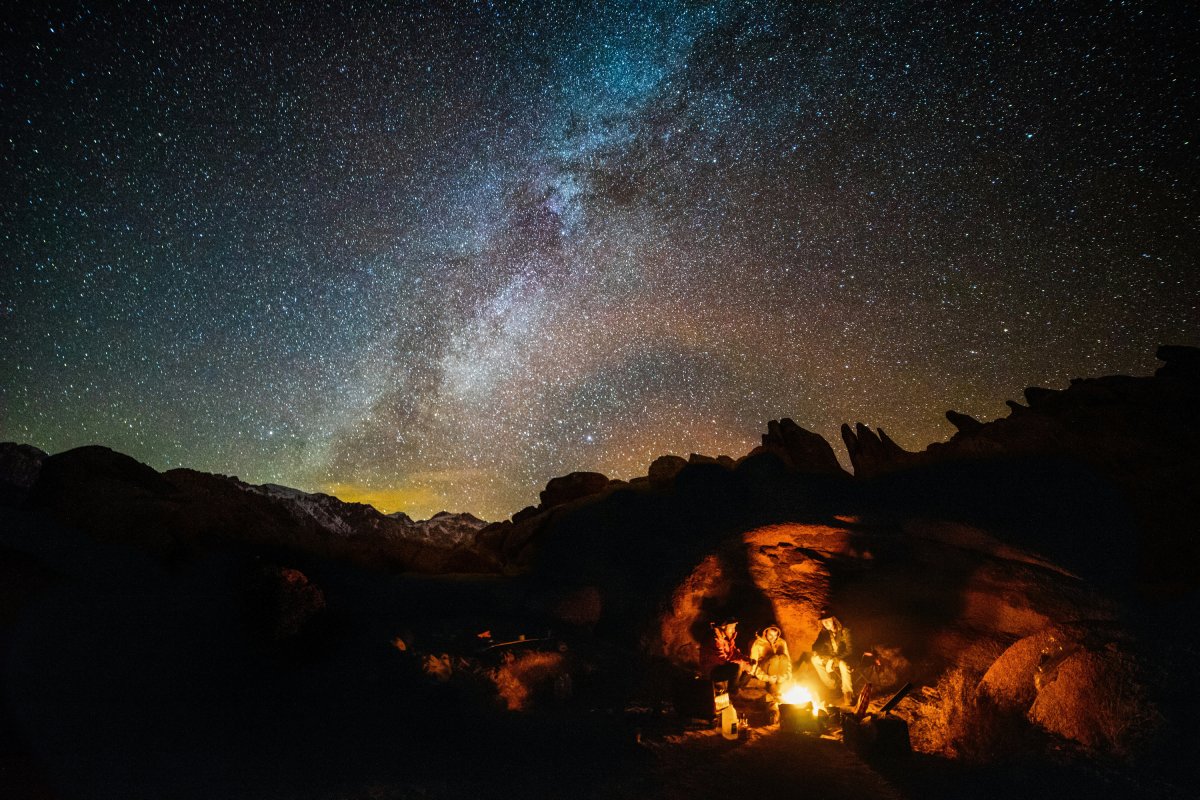
Skift Take
In 2025, some remote locations will enjoy more popularity because they offer access to celestial events, animal migrations, and other natural experiences. Here are 5 tips for destination marketers to capitalize on the growing interest.
Many travelers want to see eclipses, meteor showers, volcanic eruptions, penguin migrations, and other natural phenomena. That was one trend highlighted in Expediaâs Unpack’ 25 report, released Wednesday.
According to a survey of 25,000 travelers by Expedia Group, about 80% of travelers said itâs important that they will be able to stay in a place that offers a prime viewing spot for natural phenomena next year.
The most popular attraction, garnering interest from 61% of surveyed travelers? The Northern Lights.
Geological phenomena like volcanos, geysers, and hot springs came in second, at 30%.
Expedia credits the boom in interest to the Great North American Eclipse this year. On April 8, millions traveled to cities within the path of totality to become eclipse-chasers and stargazers. More than half of U.S. cities with short-term rentals on the path of totality were fully booked for the day before the eclipse.
Hereâs how destinations can take advantage of the âphenomenaâ opportunity.
1. Accent your natural wonders in your marketing.
These phenomena help destinations stand out from competitors. For example, the Northern Lights are only visible in Norway, Iceland, Finland, Sweden, Canada, Alaska, and some parts of Scotland.
The online travel agency Vrbo shared its “phenomena list” of destinations that travelers should check out:
- International Dark Sky Park – Arches National Park, Utah
- Synchronous firefly season – Great Smoky Mountains, Gatlinburg, Tennessee
- “Penguin parade” – Phillip Island near Melbourne, Australia
- Bioluminescent plankton – Vero Beach, Florida
- “Black Sun” starlings’ migration – Wadden Sea National Park, Denmark
- Ballet of Japanese cranes – Hokkaido, Japan
- Highest tides in the world, walk on the ocean floor – Bay of Fundy, Canada
- Starling murmurations – Somerset, UK
- Volcanoes, lava fields, and black sand beaches – ReykjavÃk, Iceland
- Northern Lights – Lapland region, Finland
2. Use vertical video to showcase phenomena
Social media platforms like TikTok reward authentic content with virality and more engagement. Content creators exploring these attractions and combining them with their humor and fun can bring a big boost.
Thereâs a reason videos and images of Japan amid the seasonal cherry blossom season entice travelers from around the world every year.
âItâs all about images and the magic and making it feel like it’s only available there,â said Marceau.
3. Tap into the trendy preference for “live tourism”
Destinations should make the case that travelers should show up in person to truly experience these natural phenomena. Many people feel overwhelmed by digital media and are seeking in-person experiences.
Unlike iconic landmarks like the Leaning Tower of Pisa, natural phenomena are ever-changing and fleeting, making their beauty all the more rare and captivating.
Destinations need to emphasize the rarity and âotherworldlinessâ of these natural experiences in videos and images and explain why you canât enjoy them unless you are there in person.
At Canadaâs Bay of Fundy, you can see tides exceeding 50 feet amid a stunning landscape, and at Floridaâs Vero Beach, you’ll witness bioluminescent plankton light up at night, for example.
4. Highlight the social aspect
Travelers are hungry for opportunities to develop personal connections on their trips, especially amid the ongoing loneliness crisis.
About 42% of travelers prioritize bonding and creating lasting memories through travel, according to Skift Researchâs quarterly travel trends report.
Whether watching the ballet of Japanese cranes in Hokkaido or watching the starlings migrate in Denmark, travelers are going to be sightseeing a rare natural wonder together. It provides a different tenor of experience for some people than visiting traditional sightseeing icons like the Eiffel Tower, which TV and social media may have overexposed.
5. Learn from what’s worked elsewhere
Not sure how to fine-tune your destination’s marketing around phenomena? Research the nuances of how other destinations have succeeded.
For example, Iceland has seen tourism skyrocket since 2010. One explanation was the effectiveness of its marketing campaigns at promoting its volcanoes and Northern Lights, said Yves Marceau, vice president of product for G Adventures, in an interview.
âNo one used to go to Iceland in the winter,â he said.
Marketers can see how different destinations tried to make the best impressions on visitors during the week of April 8, which saw the biggest boost in tourism in cities caught in the path of the total eclipseâ100% blockage of the sun.
According to ForwardKeys, international bookings for âtotality destinationsâ in the U.S. shot up 133% from last year.

